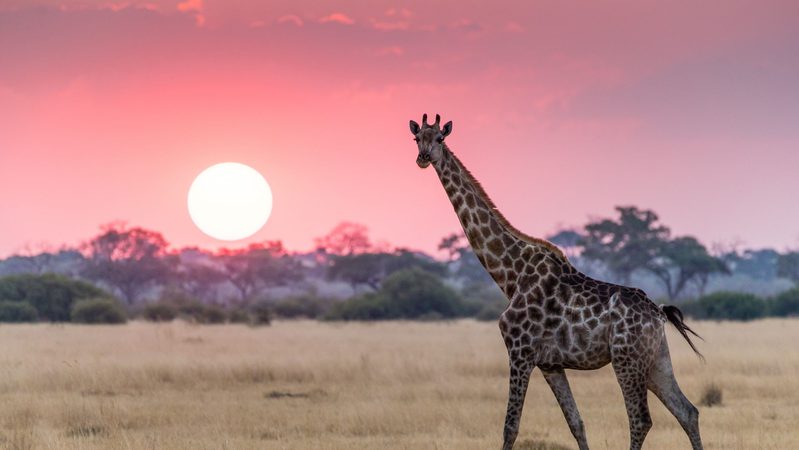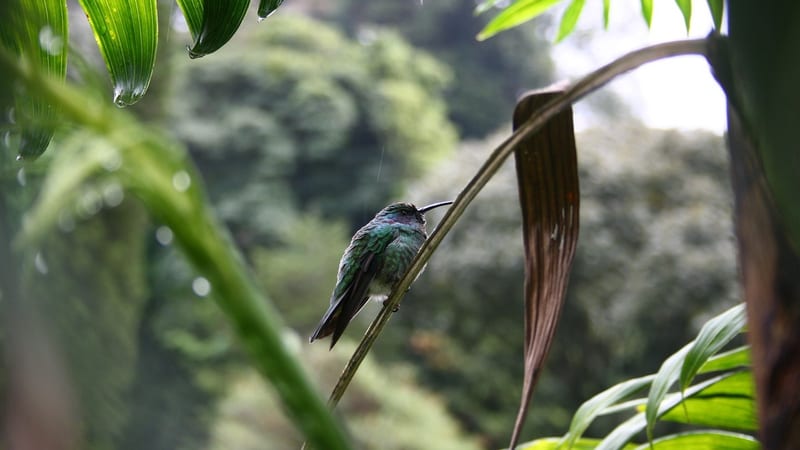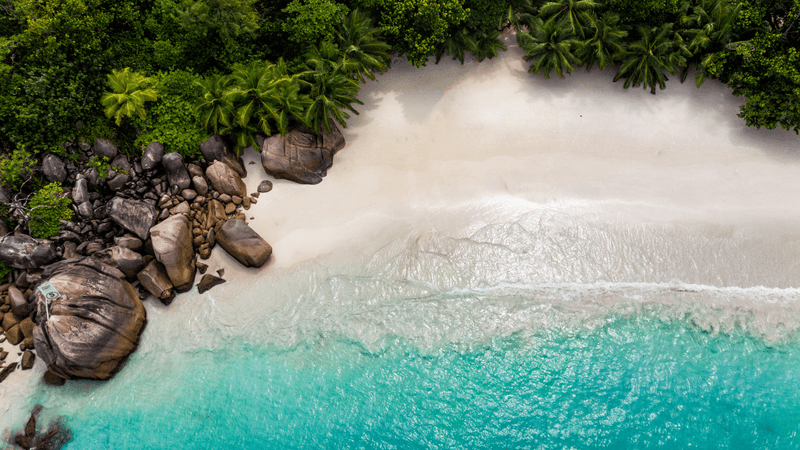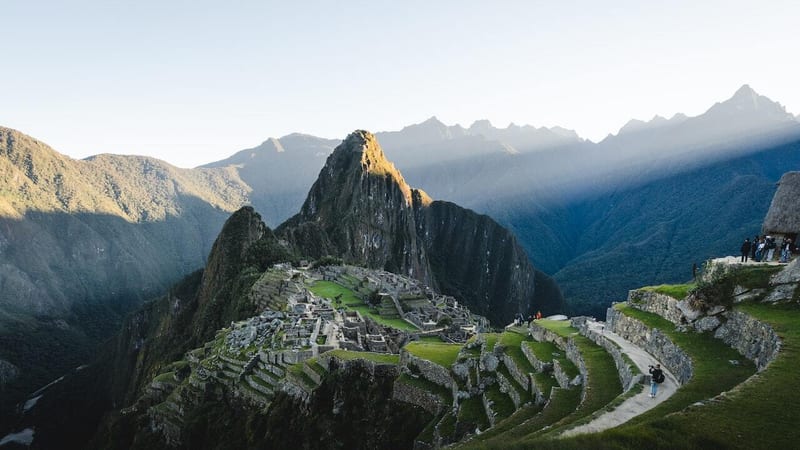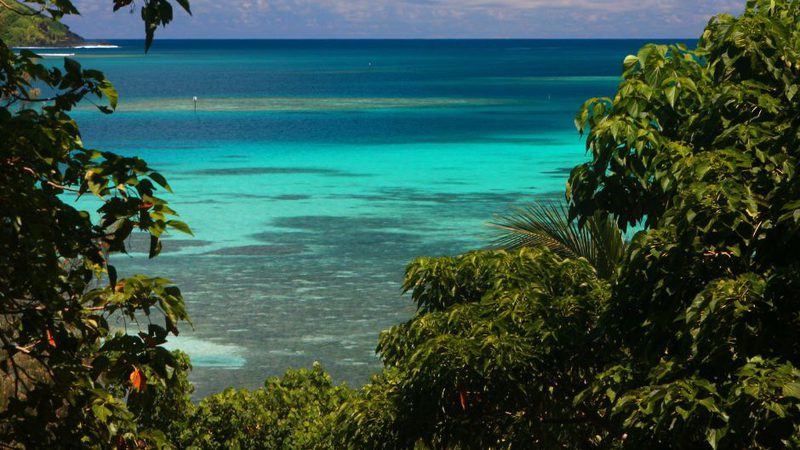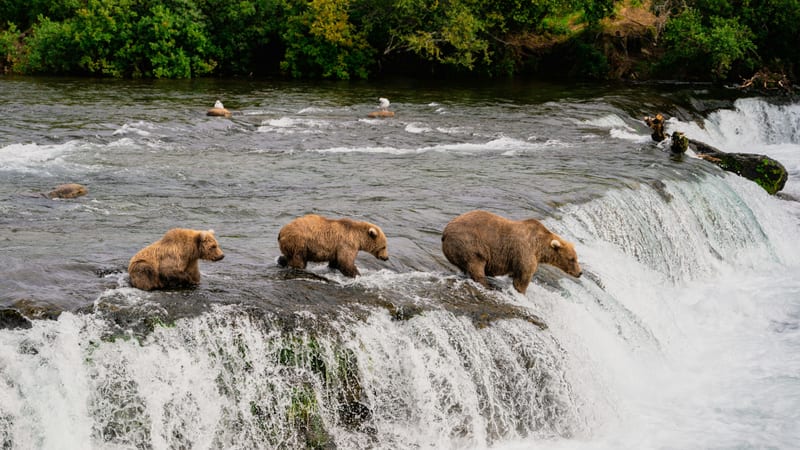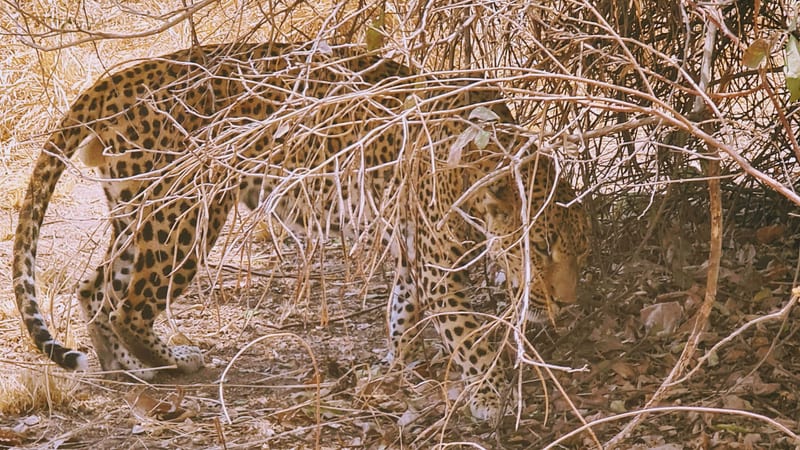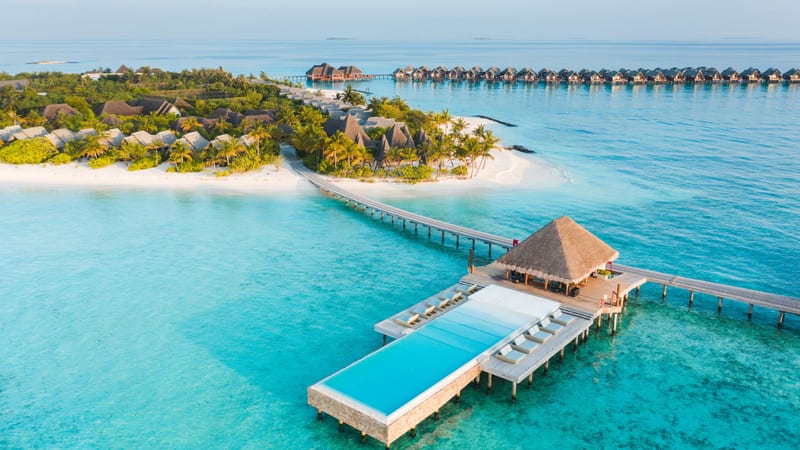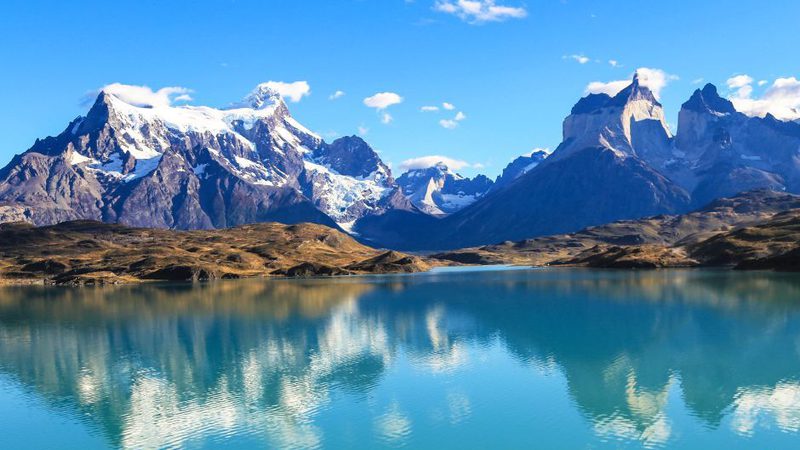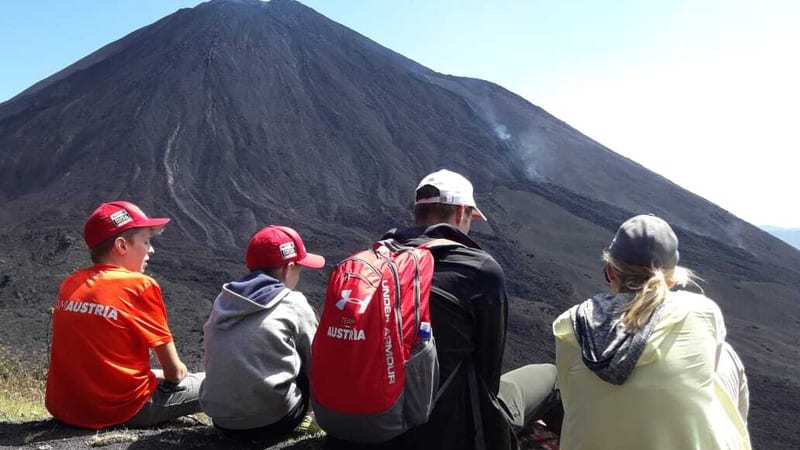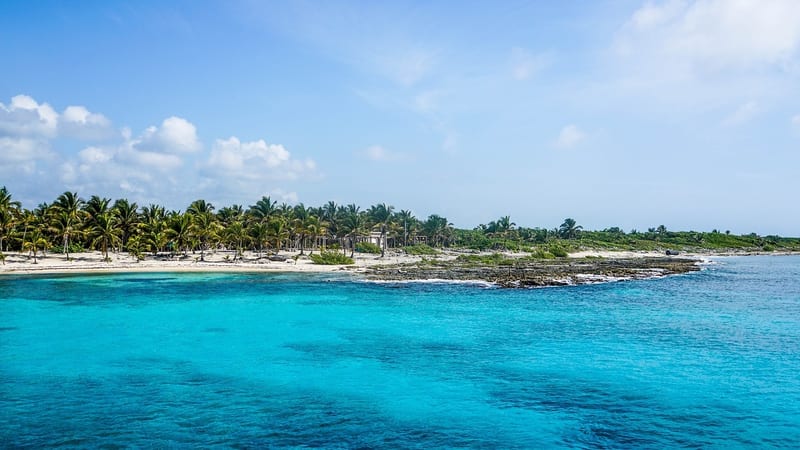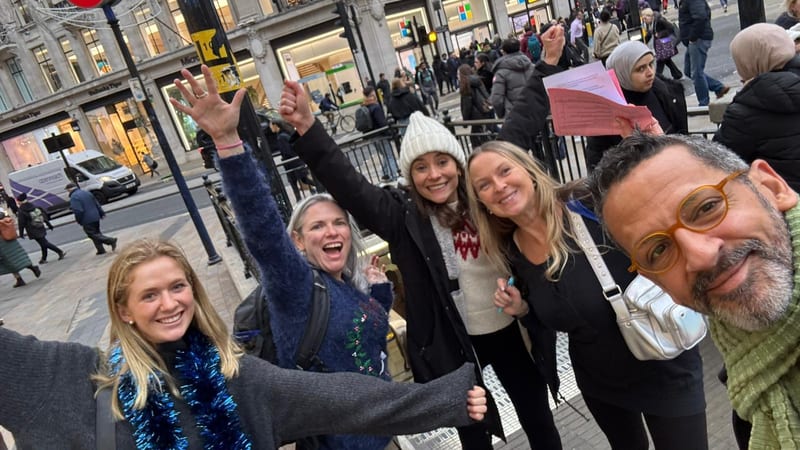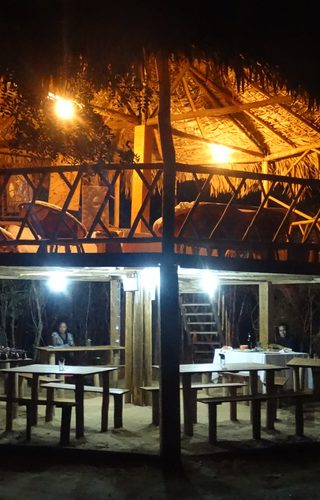Certified by Fair Trade Tourism in its commitment to sustainable, nature-based tourism
Location:
Set within the dry deciduous forest of Marofandilia, around 44 km north of Morondava, Camp Amoureux is a simple but well run eco-camp. It’s just 20 minutes by road from Kirindy Forest Reserve and close to the iconic Allée des Baobabs, making it an ideal base for exploring this wildlife-rich region of western Madagascar.
Rooms:
The camp offers 14 en-suite tented rooms, which were recently refurbished in 2024, each raised on a wooden platform and shaded by a thatched roof. Interiors are simple but well kept, with mosquito nets provided. Set beneath a canopy of trees, each tent blends seamlessly into the surrounding natural environment, offering a peaceful, close-to-the-wild atmosphere.
Amenities:
At the heart of the camp is a creatively designed, open-air restaurant topped with a small lounge. The laid-back communal spaces are perfect for winding down after forest walks. The facilities are generally basic, but they’re well maintained while still aligning with the camp’s low-impact ethos.
Activities:
Wildlife enthusiasts can look out for rare species such as the Fosa, the Malagasy Giant Jumping Rat and the Flat-tailed Tortoise. Visits to Kirindy Forest and the nearby baobab avenue are key highlights.
Sustainability:
Managed by NGO FANAMBY, the Malagasy arm of Conservation International, Camp Amoureux is certified by Fair Trade Tourism and operates under the ‘Friendly Camp’ brand. Local communities are actively involved in its management, making it a strong example of conservation-led, community-based tourism in Madagascar.
Best places to stay in Avenue of the Baobabs
Avenue of the Baobabs Trip Inspiration
When to go to Madagascar
Find out the best time to visit Madagascar with our month by month guide.
- Best
- Good
- Mixed
- Jan
- Feb
- Mar
- Apr
- May
- Jun
- Jul
- Aug
- Sep
- Oct
- Nov
- Dec
January
The cyclone season in Madagascar is between January and March, which means it's hot and wet and isn't the best time of year to travel. The east coast is generally wetter than the west or south.
February
February is the wettest month, with heavy downpours and the risk of cyclones making travel difficult, and wildlife hard to spot.
March
March remains hot and wet, with high humidity making travel uncomfortable. The south is generally a bit drier and the roads more manageable than the north
April
May
The rains have left the landscapes looking green and lush, and now is a great time to try and spot the famous lemurs. The tourists haven't yet arrived en-masse so accommodation is cheaper and easier to find. There are still a few rain showers, but sun prevails, making May an excellent overall choice for travel.
June
With the rain finally subsiding, the air becomes fresh and cool, with sunshine and just a few showers punctuating the day. It's a great time to travel across much of the country, and still outside of peak season it's easier to find accommodation at good prices.
July
July is the beginning of the peak season, with dry weather and lower temperatures meaning this is a great time to go trekking or explore the rainforests. Lemurs and other forest dwellers have come out of hiding, and humpback whales gather to calve offshore, with sightings frequent between now and September. July is one of the best times to visit Madagascar.
August
August is similar to July, with comfortably cool temperatures and sunny skies. It's another good month for whale watching, and for exploring Madagascar's many regions.
September
Want to see a baby lemur? Now is the time to visit, when lemurs give birth. The cooler weather is at an end, and temperatures begin to rise, bringing with them a few showers in anticipation of the approaching rainy season. It's quieter than July and August, and therefore an ideal month to visit Madagascar. Whale watching is still on the cards too.
October
Baby lemurs are still hopping around during October, and the warmer weather means it's an excellent time for the beaches and snorkelling in the turquoise ocean. Keep an eye out for the blooming purple jacarandas, and see if you can spot fossas in the western forests.
November
Increasing temperatures around Madagascar mean hot days, but the arrival of short rain showers helps cool things down. Wildlife is very active during November, so it's a great time for lemur spotting, as well as birds during their breeding season.
December
December is the start of the wet season in Madagascar, with high temperatures (the hottest of the year) and short, sharp rain showers. It's a bit cooler and drier in the south west of the island. It's a quieter time to travel, and if you visit at the beginning of the month, the beaches will still be glorious.
Speak to a Madagascar expert today
and start planning your tailor-made holiday

Alistair


